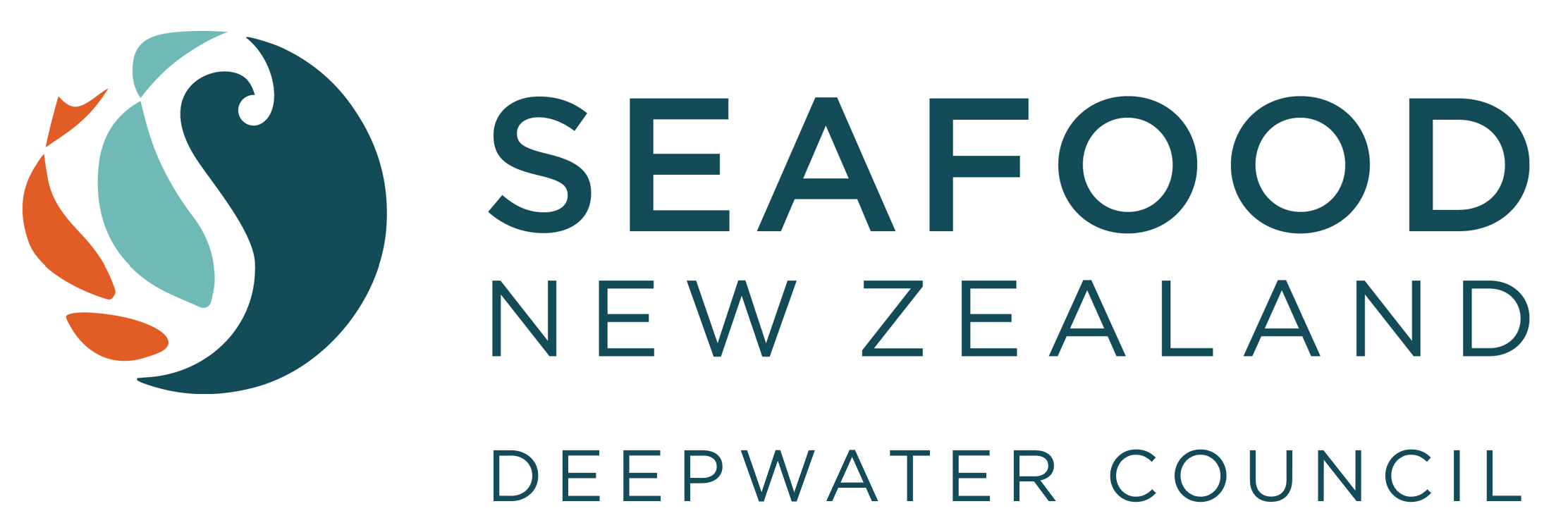International fisheries scientists meet in Nelson to share world-leading ideas
Press release: Deepwater Group Ltd, 3 April 2017
Scientists from more than 20 countries are meeting in Nelson this week for an international conference to discuss the latest advances in fisheries technology.
This is the first time the global organisation ICES (International Council for the Exploration of the Sea) has held a conference in New Zealand and is being hosted by NIWA.
The conference provides an opportunity to cross-pollinate the latest international thinking and research on fisheries behaviour and technology.
New Zealand also has the opportunity to showcase the advancements we have made here that may be applicable elsewhere.
Deepwater Group fisheries specialist Richard Wells will be discussing the importance of connecting science with management at the conference.
“Managing fisheries is complex and we rely on science to make good decisions – so scientists, managers and fishermen need to be communicating in a language that is common to all to achieve best results,” Wells said.
“This has been successful in the New Zealand deep water fisheries with significant investment in science, collaboration and support of relevant agencies, and information and processes communicated in ways that are understandable to those expected to enact change.”
“Advancements in technology to reduce environmental risk have included the development and improvement of seabird mitigation devices to deter birds away from the vessel to reduce the risk of harm, and sea lion exclusion devices that allow sea lions to escape unharmed from the net.”
Another example is the world-leading multi-frequency Acoustic Optical System (AOS) specifically developed by Australian CSIRO scientists and New Zealand seafood industry to assess the stock sizes of New Zealand’s main orange roughy fisheries.
“The AOS collects underwater acoustic and video data from depths of 1,000 metres and we can now view video on the vessel in real-time. Reconciling footage of the fish with the acoustic marks means we can more accurately estimate the numbers and species of fish in the area. This is a world first,” said Graham Patchell, Sealord Resources Manager.
“Each of these advancements has been a successful collaboration between scientists, government, industry and other stakeholders – and the conference will be another important opportunity to promote this kind of collaborative, continual learning for fisheries management and marine conservation,” adds Wells.
